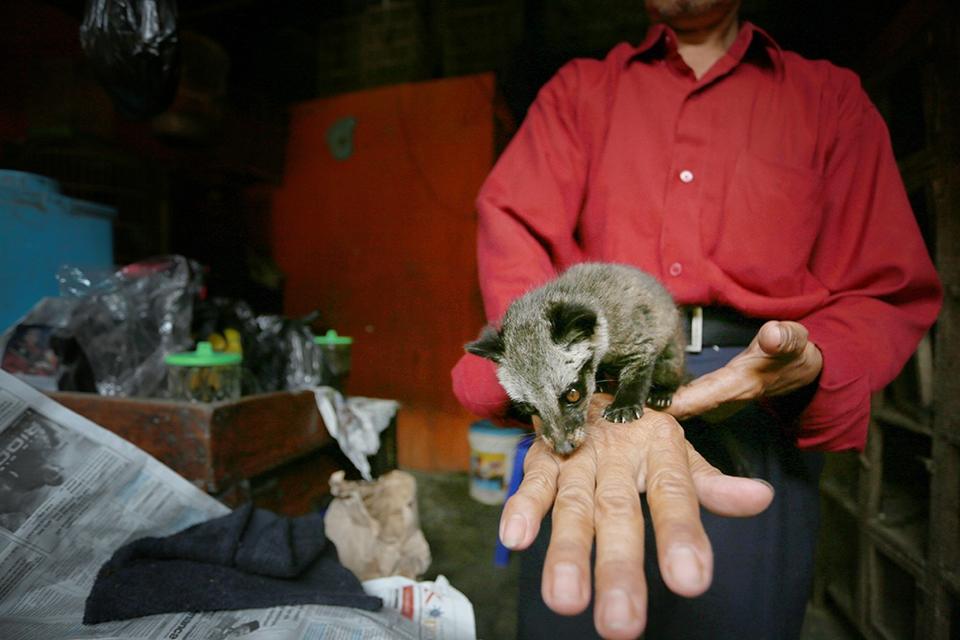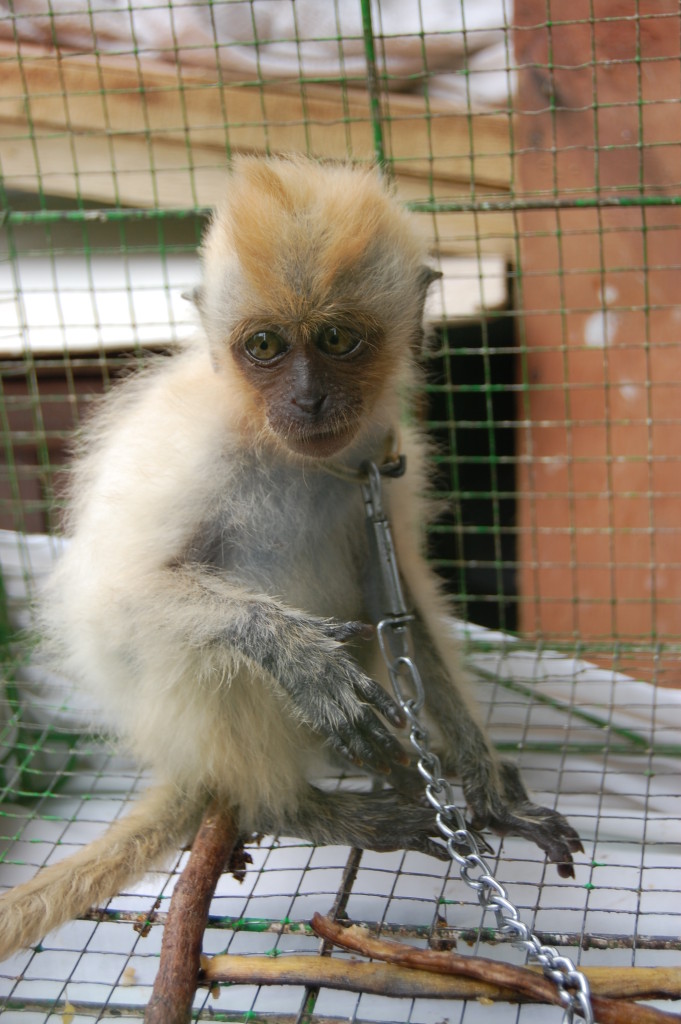Researching wildlife trade isn’t for everyone. It requires going to markets and seeing wild animals being kept in cramped, unsuitable, sometimes abysmal conditions that severely shorten their life expectancy.

There is no way to sugarcoat it, these wildlife markets are horrible places. And with the empathy any animal-lover undoubtedly feels towards animals in this situation comes a sense of immense frustration. Seeing Critically Endangered Javan slow lorises in a cage on their way to becoming a pet and not being able to take immediate action is a hard pill to swallow for any conservationist. But the government turns a blind eye to tens of thousands of illegally traded birds, and hundreds of illegally traded mammals and reptiles on a daily basis – the odds are stacked against us.
And turning a blind eye may not be the worst of the governments failings with regards to wildlife trade. Last week president Joko Widodo of Indonesia made a statement about protecting Indonesian wildlife by buying 190 birds from a market in Jakarta and releasing them into Bogor National Park. This may have been well-intentioned but he did everything wrong. Everything!
- There are now dozens of pictures of the president of Indonesia smiling and walking around a market where 98% of the animals are being illegally traded, giving the perception that this is an acceptable practice.
- The animals were paid for instead of confiscated. While empathy may induce us to “rescue” animals from markets by buying them, this only makes things worse by giving further money and incentive to people who capture these animals illegally and unsustainably from the wild.
- The animals were released into an area which already has many birds, knowing nothing about their origin, what diseases they may be carrying or how well-suited they are to the wild. The very nature of buying an animal in a market means these things are a mystery. .
And this is just one example, Jakarta has three of the largest wildlife markets in the world and animals are traded illegally all over the world. So why research it? Why try to do anything about it if the odds seem insurmountable? For me the answer is simple, wildlife markets are just unacceptable. Species are and will continue to go extinct because of these markets. And no one has ever succeeded in changing anything without trying. Unsustainable wildlife trade is something that can be influenced, we have had success stories. With targeted education, many people will move away from illegally- and unsustainably- sourced animals and with enforcement things can really begin to turn around.

Trade for pets is one of the most pressing factors driving the Javan slow loris towards extinction so if the spotlight does one day turn on these markets, it is absolutely vital that we have robust and comprehensive data to guide enforcement and conservation efforts. So we will continue to collect data, we will continue to petition the government for change, we will continue to make our findings known to the wider scientific community, we will continue to spread the word as widely as possible, and eventually, we will curb the unsustainable wild pet trade.
- Daniel Bergin, Field Station Coordinator
